Worksheet: Grandmother’s Quilt | Worksheets with Solutions for Class 5 PDF Download
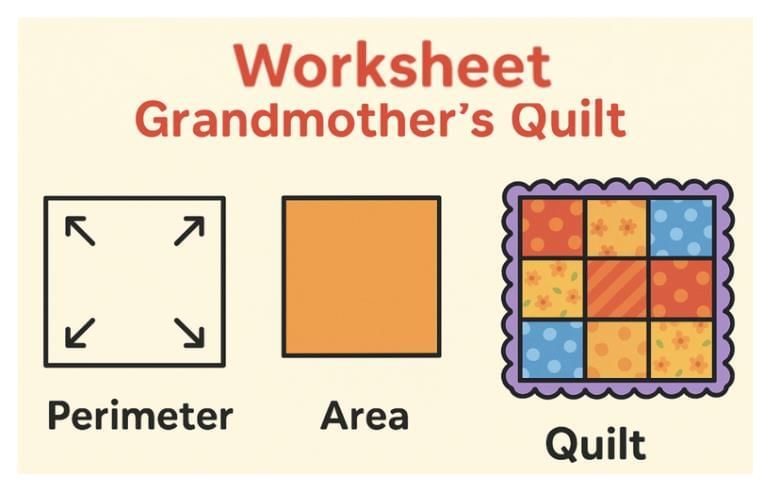 Q1: Find the perimeter of each of the following figures:
Q1: Find the perimeter of each of the following figures:
(i) Perimeter of the triangle is ______ cm. (ii) Perimeter of the square is ______ cm.
(ii) Perimeter of the square is ______ cm.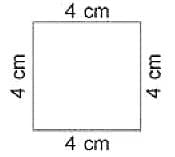 (iii) Perimeter of the square is ______ cm.
(iii) Perimeter of the square is ______ cm.
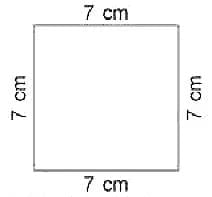 (iv) Perimeter of the rectangle is ______ cm.
(iv) Perimeter of the rectangle is ______ cm.
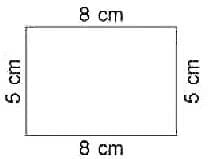 (v) Perimeter of the triangle is ______ cm.
(v) Perimeter of the triangle is ______ cm.
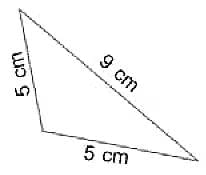 (vi) The perimeter of the rectangle is ______ cm.
(vi) The perimeter of the rectangle is ______ cm.
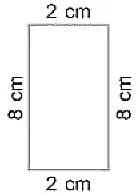
Q2: In the following figures, assume that each small square is 1 sq cm. Count the squares and find the area:
(i) Area = ______ sq cm.
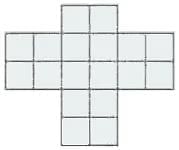 (ii) Area = ______ sq cm.
(ii) Area = ______ sq cm. (iii) Area = ______ sq cm.
(iii) Area = ______ sq cm. (iv) Area = ______ sq cm.
(iv) Area = ______ sq cm.
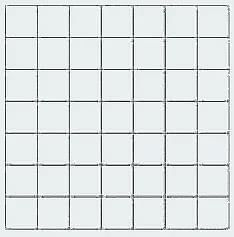 (v) Area = ______ sq cm.
(v) Area = ______ sq cm.
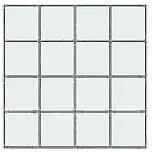
Q3: Find the area of the rectangle, whose:
(i) length = 5 m 8 cm, breadth = 3 m 75 cm
(ii) length = 4 m 50 cm, breadth = 2 m 7 cm
(iii) length = 1 m 5 cm, breadth = 90 cm
(iv) length = 125 m, breadth = 84 m
(v) length = 80 cm, breadth = 24 cm
Q4: Find the perimeter of:
(i) The triangle whose sides are 8 em, 9 cm, and 12 cm.
(ii) The square whose side is 14 cm.
Q5: Find the area of the following rectangles:
(i)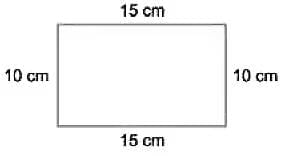
(ii)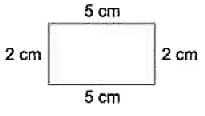
Q6: Find the area of the square, whose:
(i) side = 256 dm
(ii) side = 92 dm
(iii) side = 18m
(iv) side = 7 cm
(v) side = 20 cm
Q7: Find the area of the following squares:
Area of square = side x side
(i)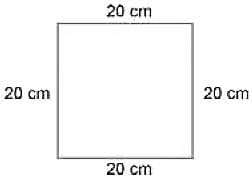
(ii)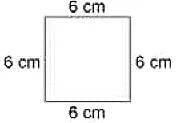
Q8: Find the area of a square whose perimeter is 4 cm.
Q9: Area of a rectangle = ______ x ______.
Q10: Area of a square of side 1 cm = ______.
Q11: Area of a rectangle of dimensions 1 m and 2 m is ______ sq m.
Q12: Area of a square = ______.
You can access the solutions to this worksheet here.
FAQs on Worksheet: Grandmother’s Quilt - Worksheets with Solutions for Class 5
| 1. What is the significance of quilting in family traditions? |  |
| 2. How can children learn quilting skills from their grandparents? |  |
| 3. What materials are commonly used in making quilts? |  |
| 4. What are the different types of quilts that can be made? |  |
| 5. Why is quilting considered a form of art? |  |





















